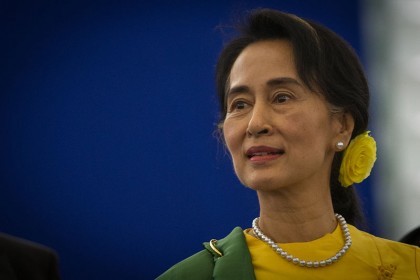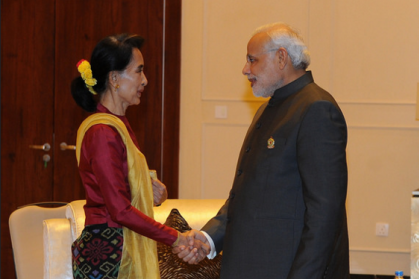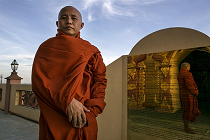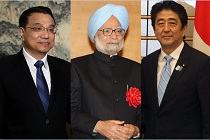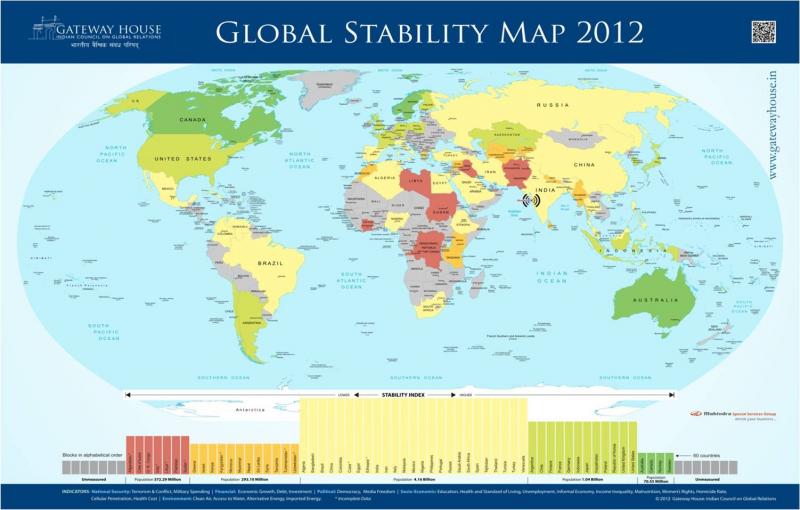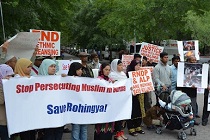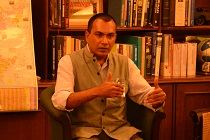Myanmar after elections: what next?
The elections in Myanmar finally come to a close with Suu Kyi-led NLD’s landslide victory. The military establishment has accepted defeat. Suu Kyi, who can't be the president, has made it clear that she would be 'above the president'. How should India read Myanmar now and act to safeguard its interests?

